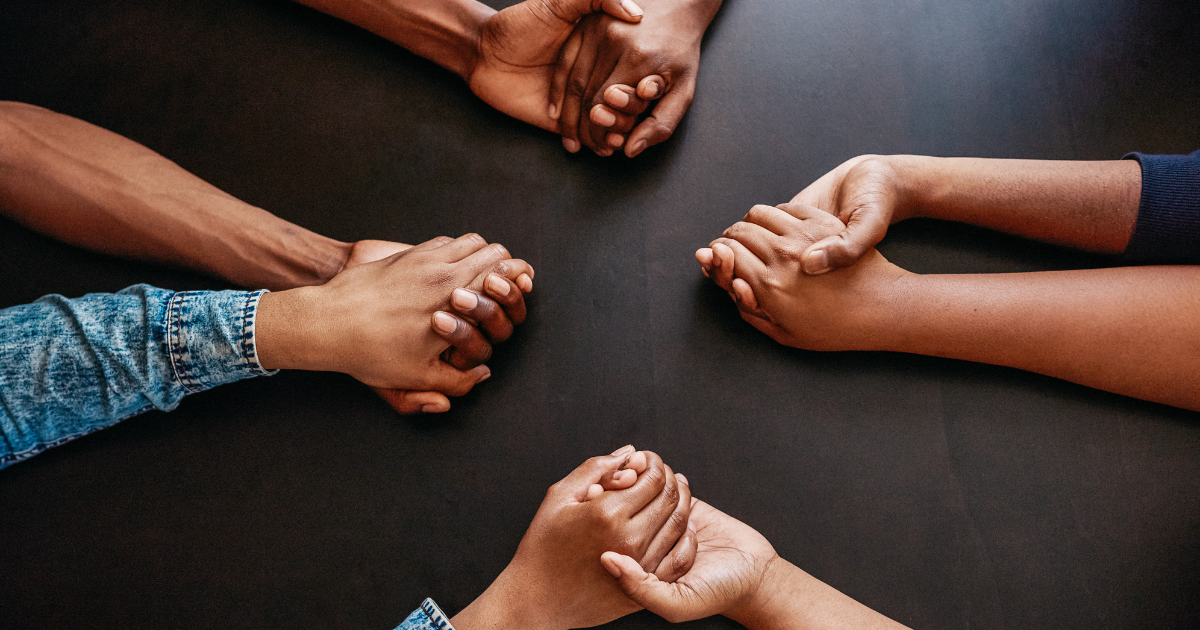July marks Fibroids Awareness Month—a time to spotlight a common but under-discussed women’s health condition that can have a significant impact on quality of life. If you’ve experienced heavy periods, pelvic pressure, or chronic fatigue and haven’t gotten clear answers, uterine fibroids might be the reason.
Let’s break down what they are, how they affect women, and what treatment options are available—because suffering shouldn’t be the default.
What Are Uterine Fibroids?
Uterine fibroids are noncancerous tumors that grow in or on the uterus. The cause isn’t fully understood, but hormonal, genetic, and environmental factors are believed to contribute. Fibroids can range in size and location—growing inside the uterine lining, within the muscular wall, or on the outer surface.
They’re most common in women in their 30s and 40s, but can affect younger and older women too.
What Are the Symptoms?
Not all fibroids cause symptoms—but when they do, the impact can be life-altering.
Symptoms include:
- Heavy, prolonged, or painful periods (sometimes with clotting)
- Severe menstrual cramps
- Unpredictable or irregular bleeding
- Pelvic pain and pressure
- Pain during sex
- Low libido
- Bloating or a visibly distended abdomen
- Weight gain
- Low back or leg pain
- Frequent urination or difficulty emptying the bladder
- Constipation
- Anemia
- Fatigue
- Infertility or complications during pregnancy
Up to 80% of women will develop fibroids by age 50, but not all will know it. Many women live with these symptoms for years before being diagnosed, assuming it’s “just a bad period.”
The toll on daily life is real: 28% of women with fibroids report missing work due to symptoms, and 24% say it has limited their career potential. Black women, in particular, are more likely to experience severe or very severe symptoms—and they tend to be diagnosed at younger ages with more rapidly growing fibroids.
“You are the expert on your own body,” says Sydney Jacobs, Fibroid Navigator at Viva Eve. “If your bleeding, pain, or fatigue is interfering with your life, it’s worth investigating. Too often, women are told to tough it out or wait it out—and that’s just not acceptable.”
How Are Fibroids Treated?
The good news: fibroid treatments have come a long way. The bad news? Many women still don’t know about the full range of options available to them.
Fibroids are the leading cause of hysterectomy in the U.S., but in many cases, this major surgery may not be necessary. A 2017 survey by the Society of Interventional Radiology found that 17% of women believe hysterectomy is their only option. Additionally, a 2014 study in the American Journal of Obstetrics and Gynecology found that women are often not being offered non-surgical alternatives.
“Unfortunately, some patients are still being steered toward hysterectomy without discussing fertility-sparing or less invasive options,” says Dr. Mohammad Bilal, Interventional Radiologist. “We’re here to change that.”
Alternative fibroid treatments include:
- Uterine Fibroid Embolization (UFE): A non-surgical, image-guided procedure that cuts off blood supply to the fibroids, causing them to shrink. Most patients go home the same day and recover quickly.
- Myomectomy: Surgical removal of fibroids that leaves the uterus intact.
- Hormonal therapy: Manages symptoms or shrinks fibroids temporarily, but is not a long-term cure.
- Hysterectomy: Surgical removal of the uterus, which permanently eliminates fibroids. It may be appropriate for women who have completed childbearing and want a definitive solution—but it’s not the only choice and often isn’t necessary.
In fact, nearly 1 in 5 hysterectomies may be unnecessary, highlighting the importance of getting a second opinion and exploring all your options.y. Women deserve to know all their options.
How Can Women Advocate for Themselves?
- Know the signs. Pay attention to changes in your cycle, energy levels, and pelvic discomfort.
- Speak up. Be direct with your medical provider about how symptoms are affecting your daily life.
- Ask questions. What are all my treatment options? Is hysterectomy the only solution in my case?
- Seek a second opinion. Nearly 41% of women see two or more providers before getting an accurate diagnosis.
- Don’t settle. You have the right to choose a treatment plan that aligns with your personal goals, whether that means preserving fertility or avoiding surgery.
“We empower patients with information,” adds Jacobs. “Fibroids are common, but being kept in the dark about your own health shouldn’t be.”
You Deserve Relief – On Your Terms
Fibroids are common. Suffering shouldn’t be. Whether you’re struggling with heavy periods, pain, or fertility challenges, help is out there—and it doesn’t have to mean losing your uterus.
This Fibroids Awareness Month, take the first step. Book a consultation with an OB/GYN or interventional radiologist—with us or a provider you trust—and start exploring your full range of options.
📘 Download our free fibroid treatment guide
📞 Schedule a consultation today
🩺 Find out if you’re a candidate for UFE or other less invasive treatments



